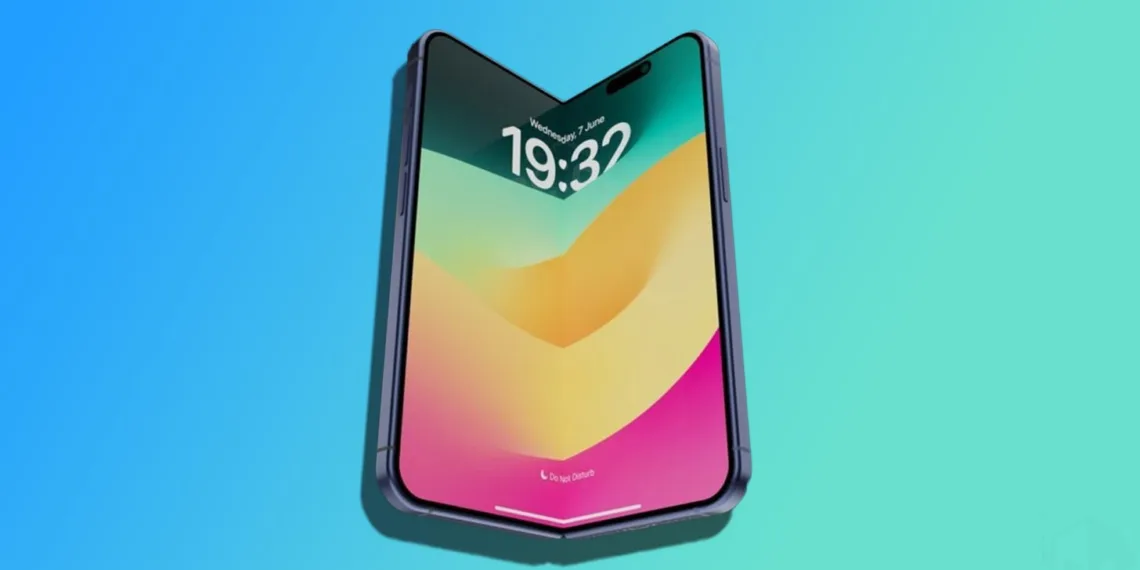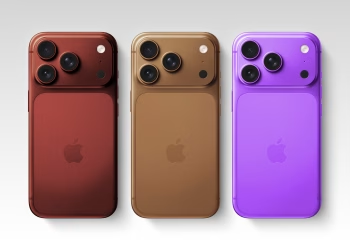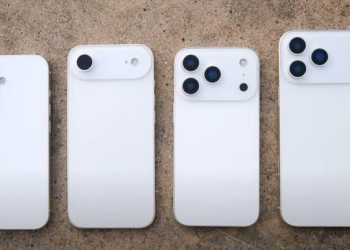Apple has long been known for revolutionizing technology with its sleek designs and user-friendly experiences. Now, the company is taking a significant step forward with its first-ever foldable iPhone. While rumors and leaks have been circulating for years, fresh reports suggest that the device is closer to reality than ever before. However, one major surprise has surfaced—Apple’s foldable iPhone will not feature Face ID due to design complications.
Apple’s Bold Step Into the Foldable Market
The foldable smartphone market has been largely dominated by companies like Samsung, which has consistently refined its Galaxy Z Fold series. Apple, on the other hand, has taken its time, ensuring that its version will stand out from the competition. With premium materials, an advanced hinge mechanism, and a focus on AI integration, the foldable iPhone is shaping up to be a unique device. However, with a rumored price tag of up to $2,500, it raises the question—will Apple’s innovation justify the cost?
Table of Contents
Why No Face ID?
Face ID has been a staple in Apple’s ecosystem since the iPhone X, providing users with a seamless and secure way to unlock their devices. However, renowned Apple analyst Ming-Chi Kuo has reported that the foldable iPhone will rely on Touch ID instead of Face ID, a move that might surprise many Apple fans.
The primary reason behind this shift? Design and internal space constraints. Unlike traditional slab-style iPhones, a foldable device has significantly different engineering challenges. Apple has been working on a crease-free foldable screen, an advanced hinge mechanism, and a durable outer chassis. With these complexities in place, integrating the necessary components for Face ID, such as the TrueDepth camera system, has proven difficult. Instead, Apple is opting for Touch ID, likely integrated into the side button, similar to the iPad Air and iPad mini.
While some users might see this as a step backward, Apple is known for prioritizing design and functionality. Face ID might not be viable for this generation, but it’s possible that future iterations of the foldable iPhone could see its return.

Expected Features & Design
Apple’s foldable iPhone is expected to adopt a book-style fold, aligning with Samsung’s Galaxy Z Fold series rather than a clamshell design like the Galaxy Z Flip. Here’s what we know so far about the specifications:
Display & Form Factor
- Main Display: 7.8 inches, crease-free OLED panel
- Outer Display: 5.5 inches, ideal for quick tasks
- Thickness:
- 9-9.5mm when folded
- 4.5-4.8mm when fully opened
According to analyst Ross Young, Apple’s focus on eliminating the crease in the foldable display will be a major differentiator. Unlike Samsung’s foldables, which still have visible creases, Apple is expected to use a thicker chemically treated front glass to smooth out any imperfections. This approach, while costly, will enhance the device’s aesthetic appeal and durability.
Materials & Build Quality
Apple has always set high standards for materials, and its foldable iPhone will be no exception. Reports indicate that the device will feature:
- Titanium alloy chassis for a premium and lightweight feel
- Stainless steel and titanium alloy hinge for durability and smooth folding
- High-density battery, similar to the upcoming iPhone 17 series
Battery & Performance
Battery life is a crucial factor in foldable devices due to their larger displays. Apple is rumored to equip the foldable iPhone with a high-density battery, possibly incorporating next-generation silicon-carbon cells. This would allow for better efficiency and longer usage times without significantly increasing the device’s thickness.
Apple is also expected to integrate Apple Intelligence (AI) features, offering a more advanced cross-app experience. With the company’s emphasis on AI-driven capabilities, users can expect smart automation, improved multitasking, and deeper integration with iOS and macOS devices.
Production Timeline & Pricing
According to Ming-Chi Kuo, Apple will finalize the foldable iPhone’s specifications in Q2 2025, with mass production set for Q4 2026. The delay is likely due to Apple’s meticulous approach to refining the hardware and ensuring a superior user experience compared to existing foldables.
Given its complexity, limited production scale, and premium materials, the price is expected to fall between $2,000 and $2,500. This would make it one of Apple’s most expensive iPhones to date. While this price tag may seem steep, it aligns with the company’s strategy of premium positioning, much like the Vision Pro headset, which launched at $3,500.
Apple is initially expected to produce only five million units of the foldable iPhone. However, if demand is strong and early adopters respond positively, Apple could ramp up production in subsequent years.
Apple’s Foldable Future
Apple is not stopping with just one foldable device. Reports indicate that the company is already planning a second-generation foldable iPhone for 2027, which could address early limitations and possibly reintroduce Face ID.
In addition to a foldable iPhone, Apple is reportedly working on a foldable iPad. This would mark another significant step into the foldable device market, further bridging the gap between smartphones and tablets. With its expertise in software optimization and hardware engineering, Apple has the potential to redefine foldable technology.
Challenges & Competitor Landscape
While Apple’s entry into the foldable space is exciting, it won’t be without challenges. Samsung, Google, and other competitors have already established their presence with foldable devices, offering multiple iterations and refinements over the years.
Some key areas Apple will need to focus on include:
- Durability: Foldables have historically faced issues with hinge reliability and display longevity.
- Software Optimization: iOS will need significant refinements to ensure a seamless foldable experience.
- App Ecosystem: Developers must adapt their apps to support a dynamic foldable interface.
- Pricing Strategy: At $2,500, Apple will need to convince customers that the foldable iPhone offers substantial value beyond existing models.
Final Thoughts: A Game-Changer in the Making?
Apple’s foldable iPhone is shaping up to be a premium, high-tech marvel with cutting-edge design elements, AI-driven functionality, and top-tier materials. However, its high price and lack of Face ID could be dealbreakers for some users.
If Apple can deliver a crease-free foldable display, a robust hinge, and an optimized iOS experience, it could set a new benchmark in the foldable market. The demand for foldable phones is growing, and with Apple’s influence, the segment could see massive expansion in the coming years.
Will Apple’s foldable iPhone be worth the hype and price? Only time will tell, but one thing is certain—the tech world will be watching closely.








